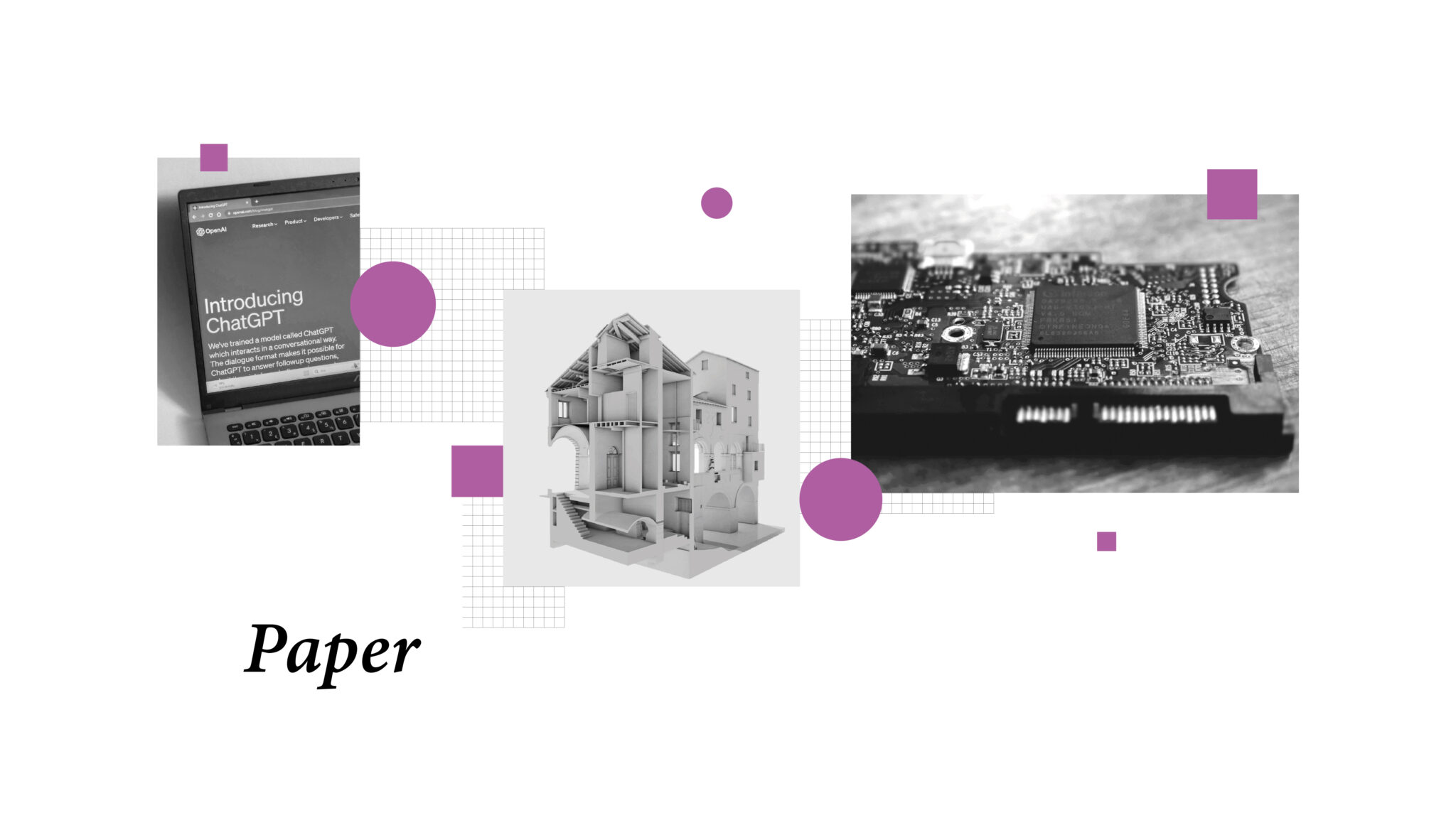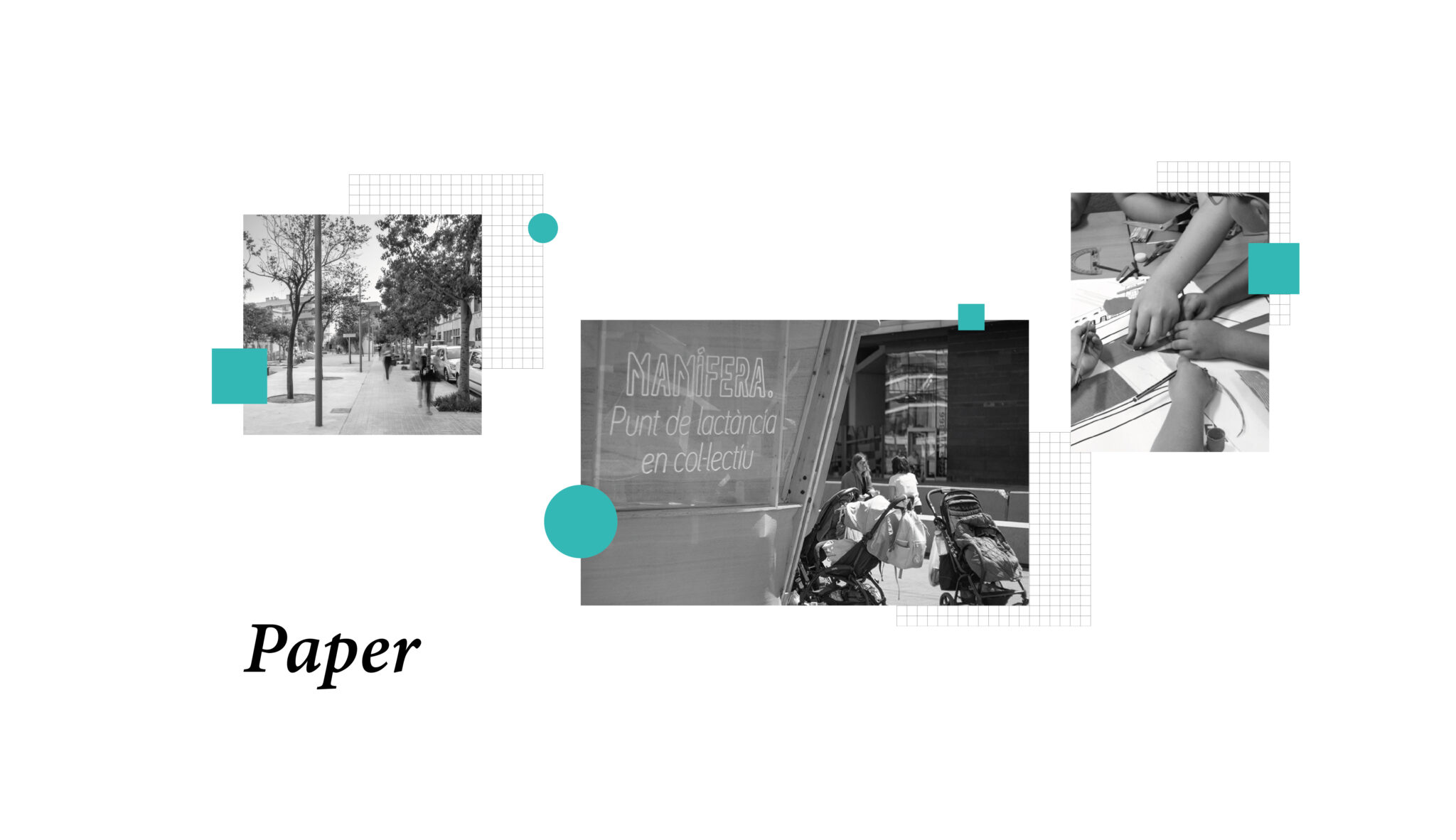
Neuroarchitecture: a tool for creating environments that promote individual well-being
ODUElab · 14 July 2025
What happens in our brain when we enter a large, bright room or a dark, narrow corridor? Why do we feel calm in certain spaces while feeling uncomfortable in others, without understanding why?
Since the 1960s, interest in individual well-being began to spread in various disciplines such as psychology, medicine, economics and sociology (Goldwurm, 2010). In addition to these disciplines, architecture also began to address this topic and sought dialogue with the cognitive sciences (Lynch, 1960). Furthermore, advances in research methods in relation to both the natural and built environment (Ulrich, 1984) encouraged the emergence of empirical studies on the relationship between environmental stimuli and human psychophysical responses, paving the way for the development of a new discipline (Zeisel, 2006).
Building on these foundations, an innovative scientific approach emerged at the beginning of the new millennium: neuroarchitecture (Eberhard, 2007). This discipline can be described as a melting pot of environmental psychology, architecture and neuroscience, with the aim of understanding how the human brain functions in interaction with the surrounding built environment (Karakas & Yildiz, 2020). The integration of these fields allows researchers and designers to explore the relationship between humans and the environment and promote a more conscious and empathetic approach to design. This is one of the aims of ODUElab, which aims to raise awareness of how the quality of a space can have a profound and positive impact on the lives of those who experience it.

Having described its origins, it is legitimate to ask: what exactly is neuroarchitecture?
It is closely linked to environmental psychology precisely because of its objectives: analysing the experiences of individuals in the spaces that shape their daily lives and promoting a more functional (Wang et al., 2022) and well-being-oriented design of places. This area of neuroscience includes, – for example, – the design of hospital rooms that support patient recovery, churches that awaken a sense of inspiration in worshippers, and offices that reduce stress and increase employee productivity. In essence, it is about improving the quality of living spaces through neuroscience principles and promoting people’s health and well-being (Azzazy et al., 2021). Similarly, ODUElab pursues the same goal by aiming to translate neuroarchitectural theories into tangible outcomes for housing.
Furthermore, it is essential to distinguish the meaning of the term “environment”. In psychology – as in neuroarchitecture – it is not limited to the physical objective space (natural and artificial), but also includes non-physical spaces (social and cultural) that determine human life (Wilson, 1984) and that are all capable of producing physical and emotional changes in humans (Damasio, 2003).
Finally, neuroarchitecture is not limited to the study of the brain, but also examines biological and behavioural responses, taking into account the integrated relationship between body, brain, environment and experience (Lee et al., 2022).
So what distinguishes neuroarchitecture from environmental psychology?
Although both disciplines share the intention of exploring the interaction between individuals and the built space, the most obvious difference lies in the repertoire of tools used and the type of analyses conducted. Environmental psychology focuses primarily on the subjective and perceived experience of places, which is analysed using qualitative methods (such as focus groups, interviews and observation techniques) and large-scale quantitative methods (such as questionnaires). Neuroarchitecture, on the other hand, integrates neuroscientific methods and neurophysiological data – such as electroencephalography (EEG), functional magnetic resonance imaging (fMRI), heart rate variability (HRV) or skin conductance – to directly measure the reactions of the nervous system to environmental stimuli. This approach makes it possible to obtain a biologically based picture of the effect of places on people.

How is the application of neuroarchitecture transferred to the investigation and design of spaces?
In neuro-architectural experimental designs, many variables are investigated that have a major influence on the experience of the occupants, such as working memory, orientation, alertness, the effect of acoustic conditions, the effect of lighting, the effect of greenery or the effect of furniture. The contexts that are most frequently the subject of studies of this kind include the academic and school context on the one hand and the work context on the other.
In the following, we present two research examples that explain the purpose of neuroarchitecture and the perspective that ODUElab and DVArea want to pursue:
- School context: a study by Abbasi and co-workers (2020) aimed to investigate the effects of noise and temperature on individuals by analysing neurophysiological signals (EEG, ECG, EMG, EOG, EDA, BVP, RR) and skin temperature. In particular, a sample of students exposed to different air temperatures and noise in a simulated environment while performing memory tasks was analysed. The results show that noise and temperature do not have the same effect on their own: An increase in noise reduces working memory more than an increase in temperature. In combination, however, they had even more pronounced effects and led to a deterioration in neurophysiological reactions: Electrical activity in the form of alpha, beta and theta waves and electrical activity of the eye were reduced; heart rate and respiratory rate worsened.
- Work context: In a study by Thayer and co-workers (2010), it was shown by recording cardiac activity and cortisol levels that workers located in places with poorer lighting (both in terms of artificial light and daylight through windows) have a lower diurnal and nocturnal variation in HRV and consequently an increase in stress. However, in the more modern offices, i.e. those with more daylight and better lighting, – workers reported higher levels of satisfaction.

Results of this kind highlight the enormous potential of applied neuroscience in architecture, particularly in response to the growing demand for positive environments for human well-being. Neuroarchitecture is thus becoming a valuable and transversal tool in all areas of the built environment: from homes to businesses, from schools to hospitals.
It is precisely on this transversality that the design vision of ODUElab and DVArea is based, aiming to create environments that support individual and social well-being. We hope for a future where the robust application of science in design processes can help put the human experience at the centre of every environment. With this in mind, our company embraces neuroarchitecture as a theoretical beacon and translates its findings into design decisions centred on wellbeing. In fact, wherever there is a space, there is the experience of that space, and where there is experience, there is a need for understanding and organising attention.
Enrico Porrini
Well-Being Psychologist ODUElab
Glossary
BVP: Blood Volume Pulse (frequenza cardiaca)
ECG: elettrocardiogramma
EDA: attività elettrodermica
EEG: elettroencefalogramma
EMG: elettromiogramma
EOG: elettrooculogramma
fMRI: Functional Magnetic Resonance Imaging (risonanza magnetica funzionale)
HRV: Heart Rate Variability (variabilità della frequenza cardiaca)
RR: Respiratory Rate (frequenza respiratoria)
Bibliography
• Abbasi, A. M., Motamedzade, M., Aliabadi, M., Golmohammadi, R., & Tapak, L. (2020). Combined effects of noise and air temperature on human neurophysiological responses in a simulated indoor environment. Applied Ergonomics, 88, 103189. (link)
• Azzazy, S., Ghaffarianhoseini, A., GhaffarianHoseini, A., Naismith, N., & Doborjeh, Z. (2021). A critical review on the impact of built environment on users’ measured brain activity. Architectural Science Review, 64(4), 319–335. (link)
• Damasio, A. R. (2003). Looking for Spinoza: Joy, Sorrow, and the Feeling Brain. Houghton Mifflin Harcourt, Orlando.
• Eberhard, J. P. (2007). Architecture and the Brain: A New Knowledge Base from Neuroscience. Greenway Communications, Ostberg.
• Eberhard, J. P., & Gage, F. H. (2003). An architect and a neuroscientist discuss how neuroscience can influence architectural design. Neurosci, Q, 6–7.
• Goldwurm, G. F. (2010). Psicologia positiva. Applicazioni per il benessere. Edizioni Erickson.
• Karakas, T., & Yildiz, D. (2020). Exploring the influence of the built environment on human experience through a neuroscience approach: A systematic review. Frontiers of Architectural Research, 9(1), 236–247. (link)
• Lee, S., Shin, W., & Park, E. J. (2022). Implications of neuroarchitecture for the experience of the built environment: a scoping review. Archnet-IJAR: International Journal of Architectural Research, 16(2), 225–244. (link)
• Lynch, K. (1960). The Image of the City. MIT Press, Cambridge, London.
• Thayer, J. F., Verkuil, B., Brosschotj, J. F., Kevin, K., West, A., Sterling, C., Christie, I. C., Abernethy, D. R., Sollers, J. J., Cizza, G., Marques, A. H., & Sternberg, E. M. (2010). Effects of the physical work environment on physiological measures of stress. European Journal of Cardiovascular Prevention & Rehabilitation, 17(4), 431–439. (link)
• Ulrich, R. S. (1984). View Through a Window May Influence Recovery from Surgery. Science, 224(4647), 420–421. (link)
• Wang, S., Sanches de Oliveira, G., Djebbara, Z., & Gramann, K. (2022). The Embodiment of Architectural Experience: A Methodological Perspective on Neuro-Architecture. Frontiers in Human Neuroscience, 16. (link)
• Wilson, E. O. (1984). Biophilia. Harvard University Press.
• Zeisel, J. (2006). Inquiry by design: Environment/behavior/neuroscience in architecture, interiors, landscape, and planning. In Journal of Environmental Psychology (Numero 3). W W Norton & Co. (link)

Looking for more engaging content?
Subscribe to the DVArea Newsletter to stay informed about our latest updates in architecture, construction, digitalisation, and integrated sustainability.






